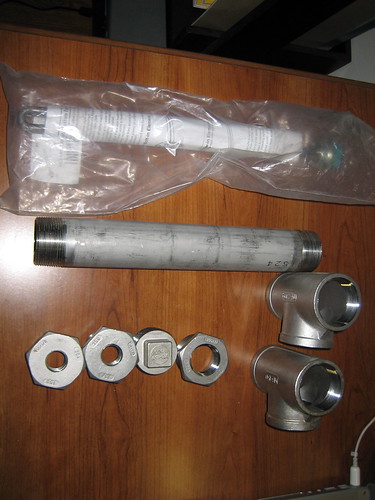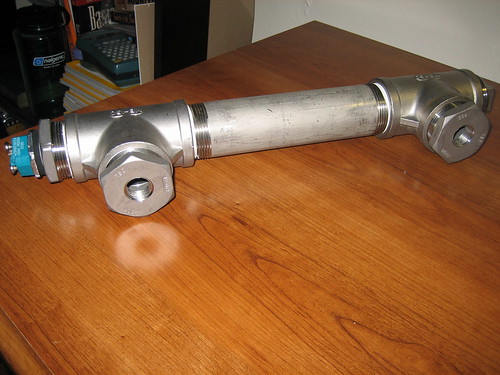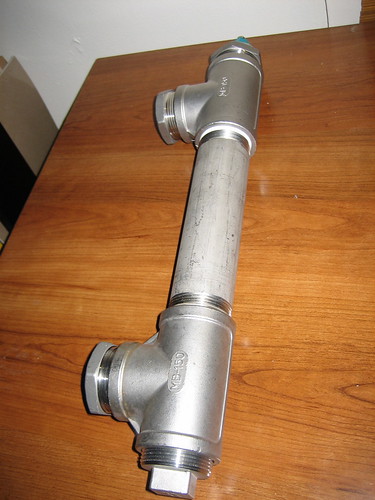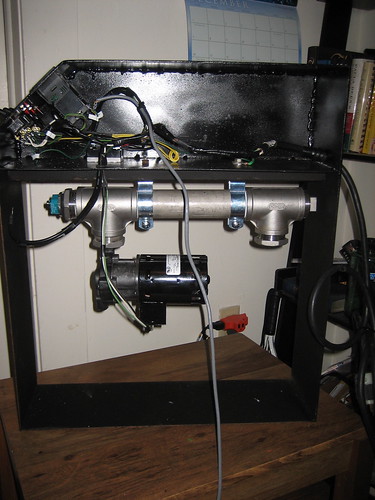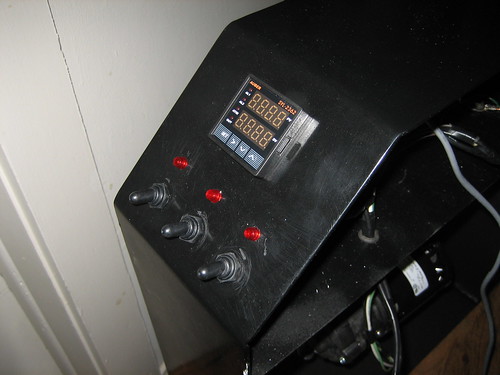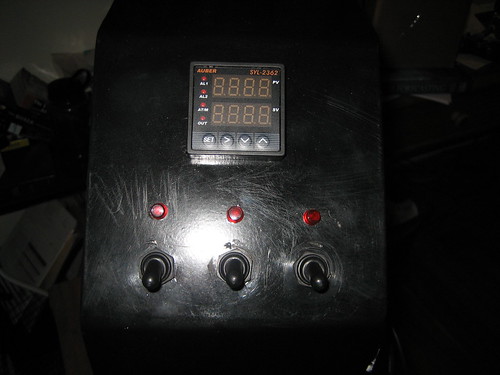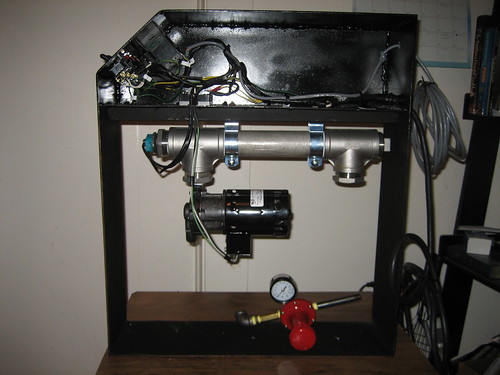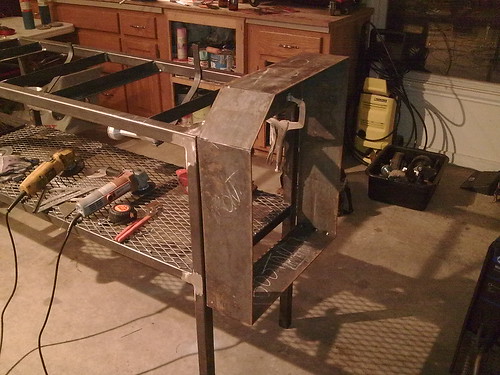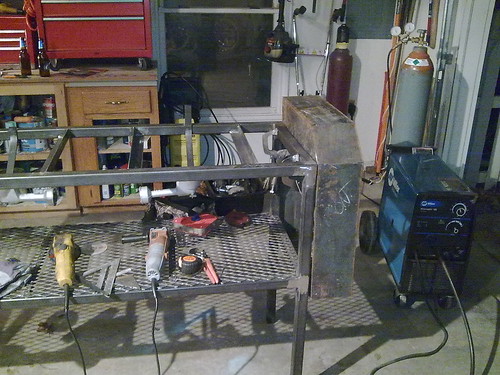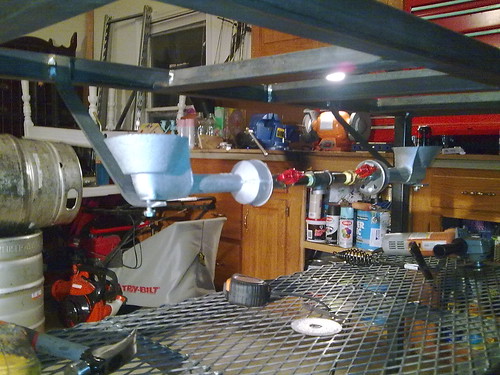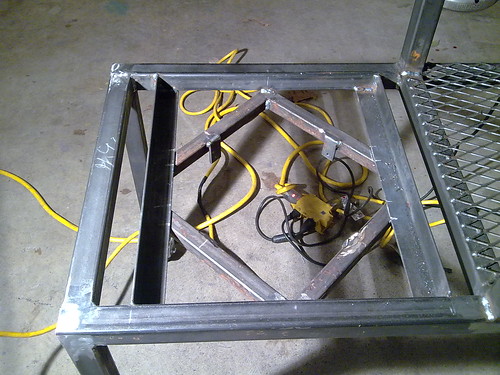davebl
Well-Known Member
So today, I started a RIMS build. I basically am just cloning a Brew-Magic, with a few custom touches and upgrades. We started on it today, and managed to get it up and completely tacked together. Waiting on stainless plumbing parts to arrive and some burners to show up.
Starting to cut pieces:
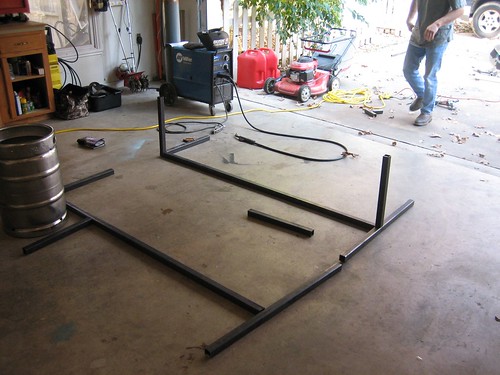
Tacking:
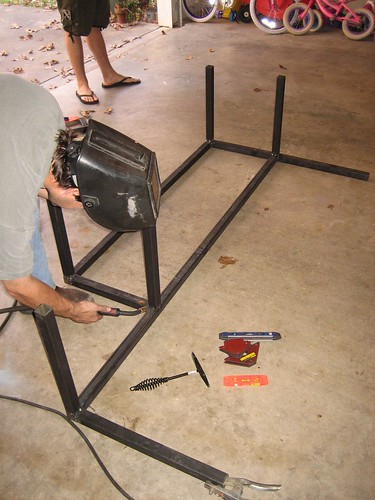
More tacking:
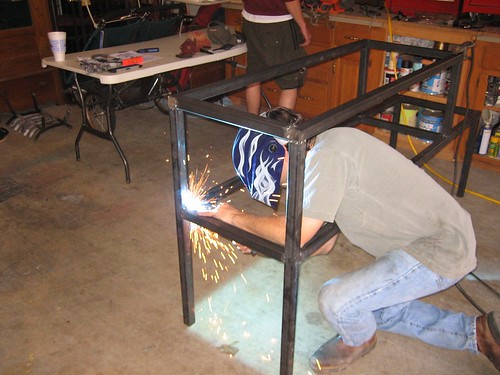
Free standing, level, and added a floor.
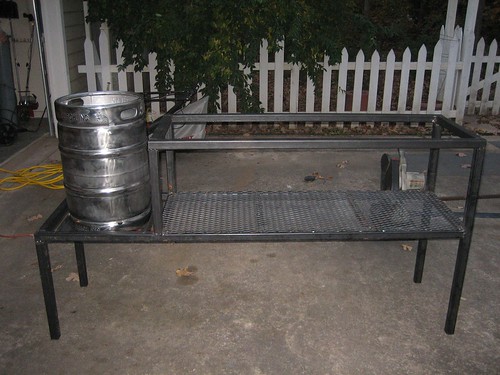
Starting to cut pieces:

Tacking:

More tacking:

Free standing, level, and added a floor.



